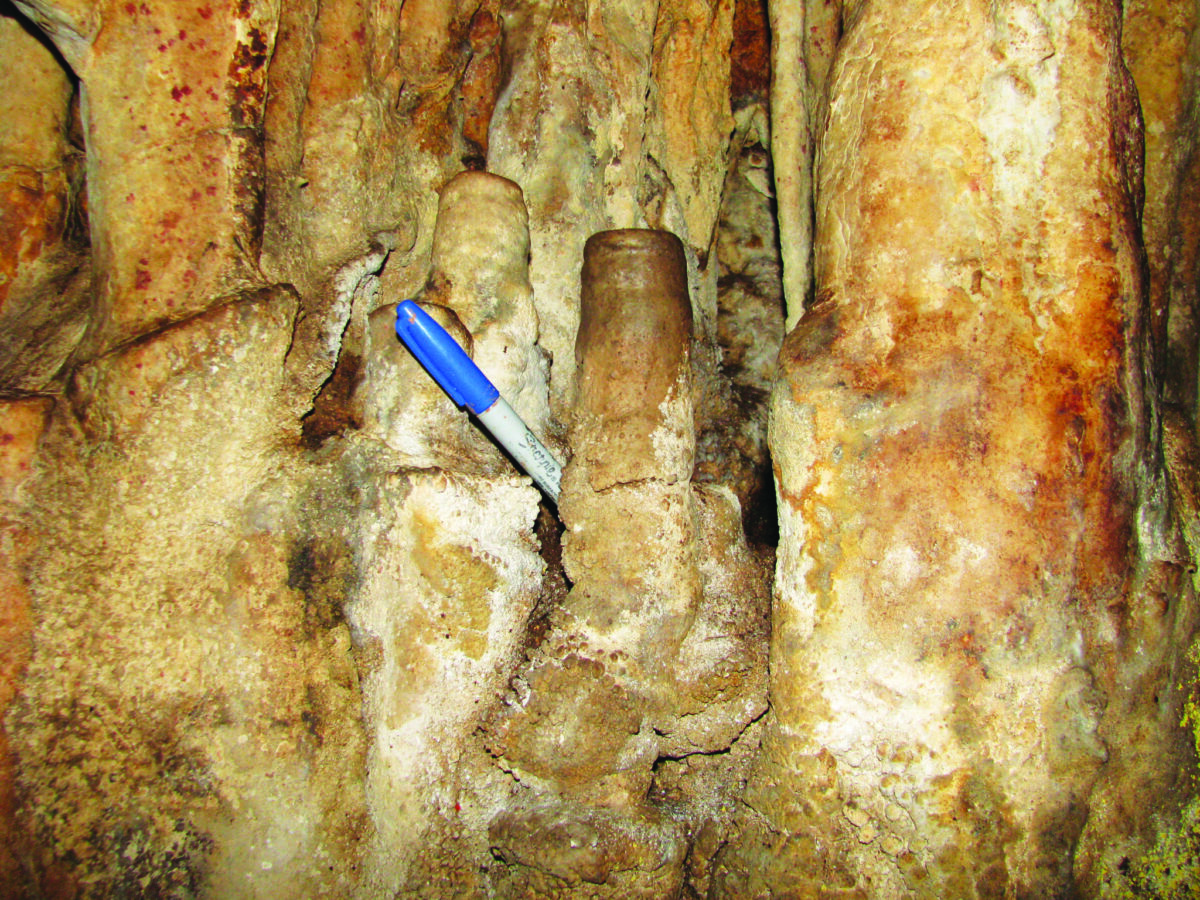Analysis of the Fraser River suggests that riverbed sediments shift abruptly depending on river slope changes and water speed.
AGU copyright 2014
Report Calls for Balancing Energy Security, Energy Equity, and Environmental Concerns
Report focuses on the energy “trilemma” of energy security, energy equity, and environmental sustainability.
Spotlight on Scientific Integrity and Geoethics at the 2014 AGU Fall Meeting
Fall Meeting sessions tackle issues in geoethics.
Science and Cyberinfrastructure: The Chicken and Egg Problem
To balance the needs of science and technology, initiatives to develop visual, georeferenced, semantically enabled data repositories should focus on technical bottlenecks to scientific exploration.
What Causes Nitric Oxide to Infiltrate the Ozone Layer?
Processes in the polar atmosphere can cause nitric oxide (NO)-enriched air to descend and destroy stratospheric ozone. Scientists explore one cause of these NO fluxes, stratospheric sudden warming.
Uncertainty in Deforestation’s Effects on Amazonian Climate
The strength of land-atmosphere coupling in a given model influences how it represents deforestation’s effects.
Trapping Waves in Earth's Plasmasphere
Satellite observations explain why magnetosonic waves can be found in regions far from where they originate.
From Magnetic Field Data, the Flow of Earth’s Core
How can researchers understand what happens at the center of the Earth when it can’t be measured directly?
A Dearth of Hurricanes Cannot Explain Maya Collapse
Mud layers in a stalagmite from a cave on the Yucatán Peninsula show hurricane activity was steady or elevated throughout the Maya collapse.




